Focus Area
Forests
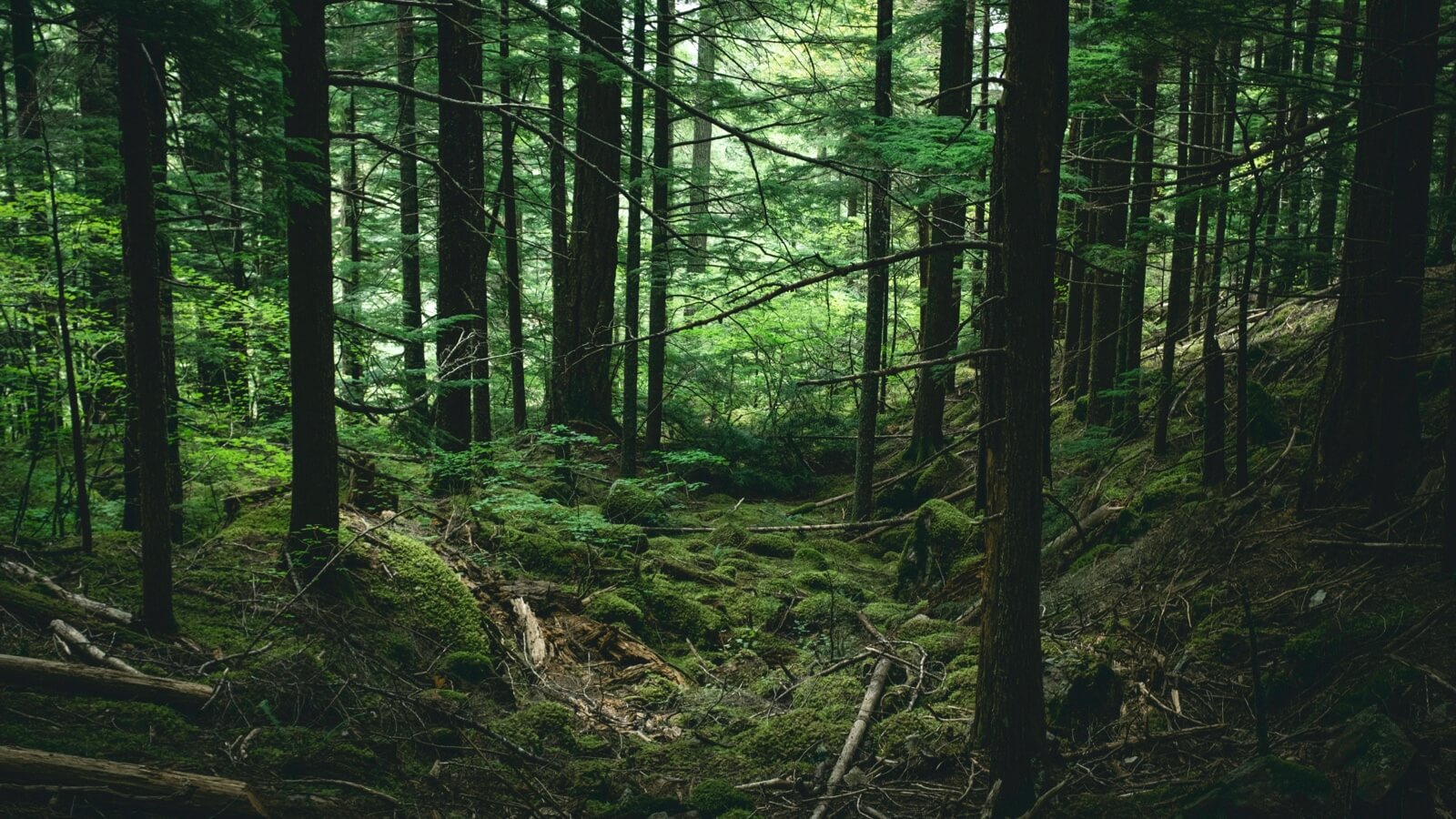
Overview: Forests
From the dense woods of the Mount Baker Snoqualmie National Forest to the acres of timber across Pierce County, the forests of the Watershed represent and provide significant environmental, social, cultural, and economic value to the community.
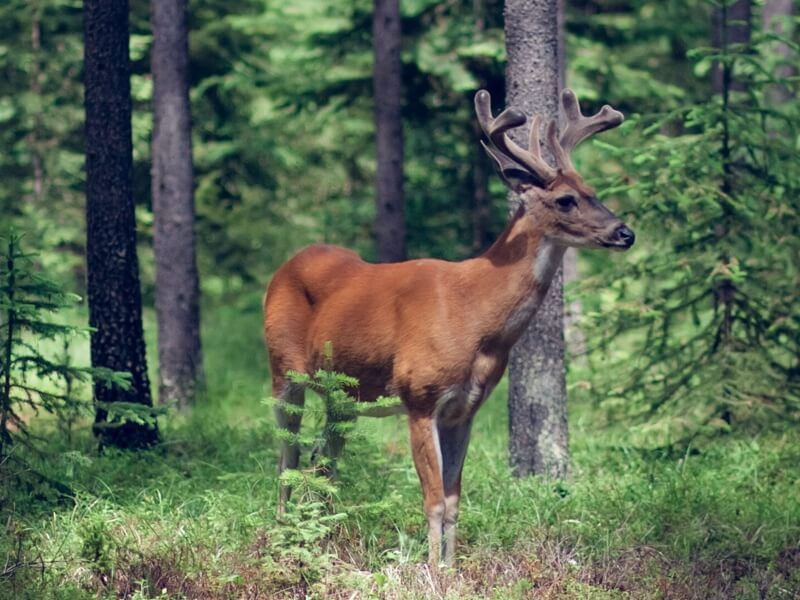
Key Pressures and Risks
Ongoing human attitudes, activities, and infrastructure create pressures on forests in the Puyallup Watershed.
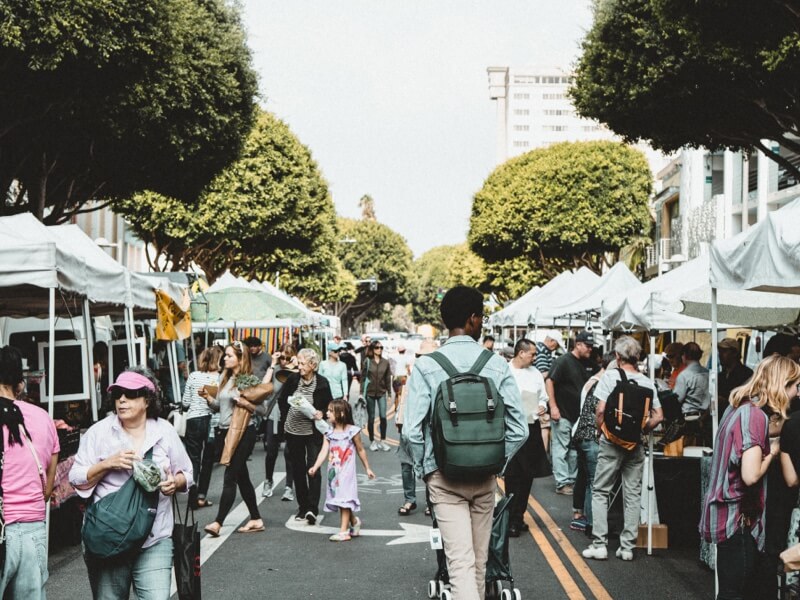
Population Growth
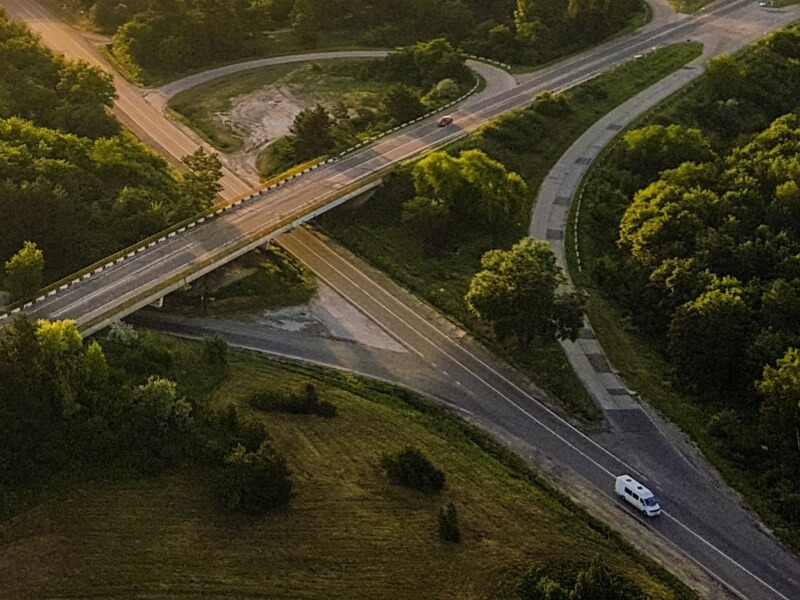
Habitat fragmentation
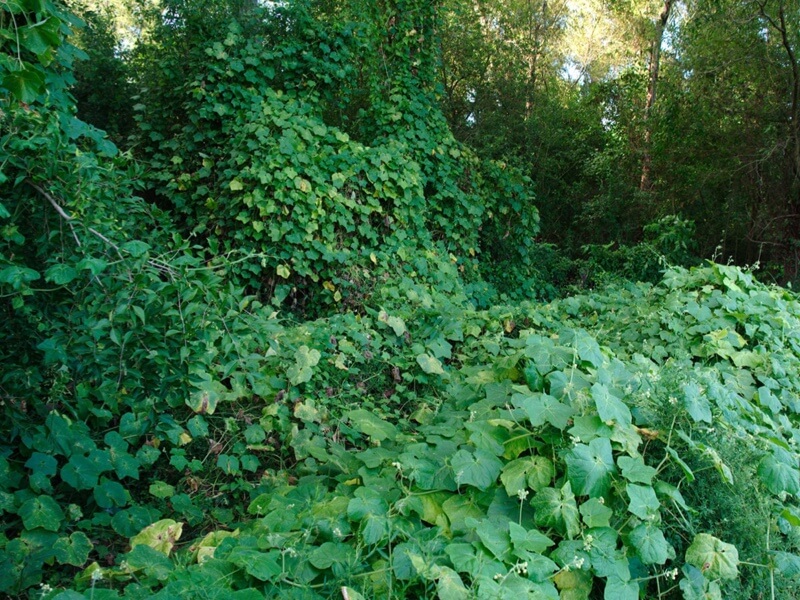
Invasive species
Forests Goal
The overall goal for forests is to keep forested lands in forest for ecosystem and human benefits, improving the health of forested lands, and increasing urban and rural forest cover.
Forest Community of Interest
Urban Forest Management Plan
Greenwater Community Wildfire Protection Plan
Forest Success in the Watershed
City of Tacoma Tree Coupon Program
City Forest Credits
Grit City Trees
Priority Actions for Forests
The PWR LIO supports projects focused on planting, urban forest management, and community forestry, prioritizing projects identified by local forest management experts. Some projects of special interest are listed below.